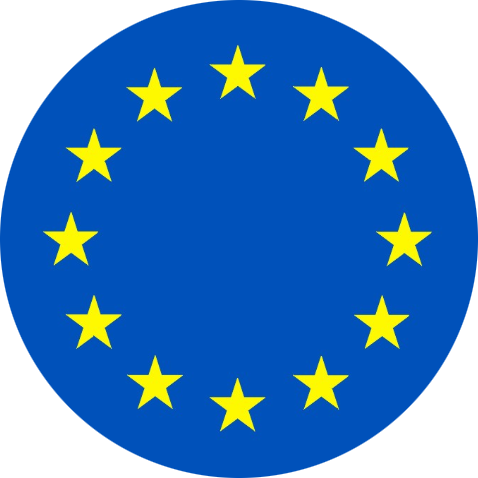 |
"While the US retains significant strengths, particularly in technology, capital markets and corporate dynamism, the outlook is more contested than at any point in the post-war era.” |  |
| Francesca Fornasari Head of Currency |
The US is in a unique position. Since the second World War, its structural advantages, growth-orientated policy framework, entrepreneurial zeal and a dynamic efficiency in the deployment of capital have created the world’s most powerful economy. It has used its strength to good effect. Higher levels of economic growth and productivity have resulted in higher levels of profitability and investment, facilitated through a lower cost of capital by virtue of the US dollar’s position as the reserve currency of the world. This in turn has led to stronger growth, greater profits and higher rates of investment. This virtuous circle has ensured its predominant position is maintained.
We highlight five key factors that have underpinned US exceptionalism and assess the potential for them to be sustained in the future.
– Innovation leadership: The US has long been a global leader in innovation, driven by high research and development (R&D) investment (from both the corporate sector and federal agencies), a strong framework for the registration of patents, and a culture that attracts global talent. However, China is rapidly closing the gap, particularly in artificial intelligence (AI) and patent filings.
– Superior startup ecosystem: The US excels at commercializing innovation through a robust venture capital market, thriving innovation hubs like Silicon Valley, and a business-friendly regulatory environment. China is emerging as a serious competitor, while the EU lags due to its regulatory fragmentation.
– Dollar dominance: The US dollar’s role as the global reserve currency has provided financing advantages and geopolitical leverage. While this “exorbitant privilege” remains intact, its strength has been increasingly tied to unsustainable fiscal policy rather than safe-haven demand.
– Corporate earnings power: US firms, especially tech mega-caps, have delivered superior earnings growth and returns on investment. This has led to higher equity valuations. However, future growth may be constrained by deglobalization, a lack of further tax cuts and already elevated expectations.
– Stronger economic performance: Over the past two decades, the US has outpaced other developed economies in both economic and capital investment growth. However, much of this is population-driven, and analysis of per capita GDP growth shows a narrower gap. Fiscal stimulus has also played a key role, but debt sustainability concerns are rising.
While the US has historically leveraged structural advantages and innovation to maintain global economic leadership, recent policy shifts under the Trump administration, marked by increased volatility, trade restrictions, tighter immigration, and potential R&D funding cuts, threaten to erode the foundations of US exceptionalism. These changes risk disrupting the virtuous cycle of growth, investment, and innovation that has long underpinned US dominance.
Read the full paper to find out how we expect this to impact asset markets.
Most read
Global macro, Currency


June 2023
Global Macro Research: 30 years in currency markets
Global macro, Fixed income


October 2023
Global Macro Research: Yield-curve inversion – an unreliable recession signal?
Fixed income


January 2025
Enhancing returns in fixed income markets
Fixed income


December 2025
























